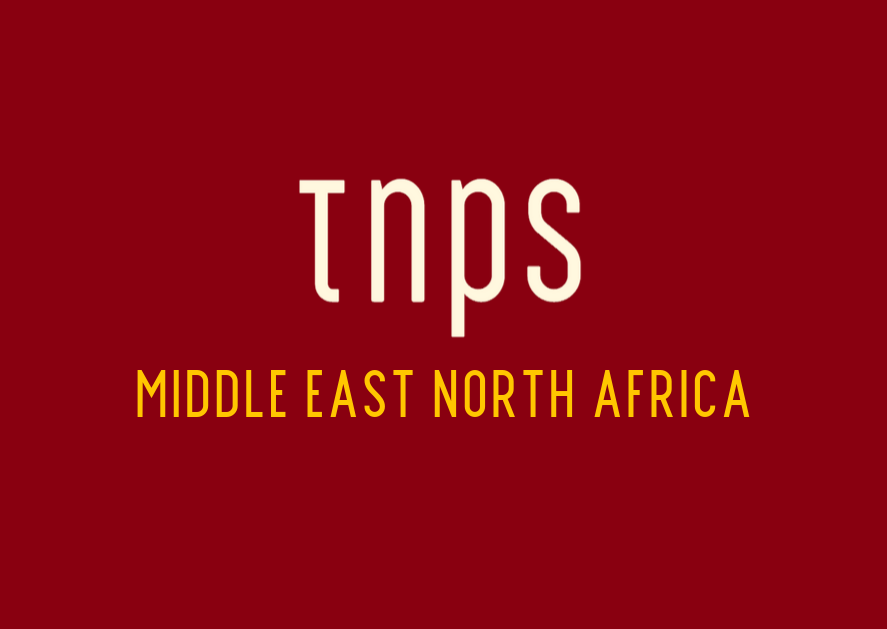Cyber Monday 2017 broke records in the US. Amazon claimed it was even bigger than Prime Day, and it is believed to have accounted for over half of Black Friday’s online sales.
Pretty good going from what is often termed the biggest e-commerce company on the planet. But by what definition?
By market capitalisation Amazon comes in just ahead of Tencent and Alibaba, thus claiming the biggest e-commerce player crown. But Amazon is still significantly behind Microsoft, Google and Apple in the tech company stakes. And as all six are engaged in e-commerce at some level we will need at some point to re-define exactly where and when a company selling online is not an e-commerce company.
But leaving aside fickle market capitalisation, decided on the whim of investors, what about measuring e-commerce companies by revenue and sales volume?
Taking just one comparison, Cyber Monday’s total US online sales were valued at $6.59 billion. Black Friday brought in a further $5.03 billion and $2.87 billion rolled in on Thanksgiving Day.
Amazon never shares numbers, but safe to say most of that happened on Amazon. Unquestionably impressive.
But compare Alibaba’s Singles Day, held earlier this month.
In the first fifteen minutes of Singles Day $5 billion was spent at just one company, Alibaba – equivalent to the entire US online trading for Black Friday – and by the end of the day Alibaba’s cyber-tills were groaning with a take of $25 billion. That’s more than half of Amazon’s record-breaking earnings ($43.7 billion) last quarter. In just 24 hours.
As I noted when Tencent joined the half-trillion club a few weeks ago,
It’s an interconnected world and we’d all best sit up and take notice of the way the centre of digital gravity – and the centre of publishing gravity – is shifting east.
Because long gone are those analogue days when publishing was a bricks & mortar world made up of publishing islands, and a handful of big publishers and their parent bodies controlled the sea routes between those islands, dictating what content was sold where, who could sell it, and who could write it.
Today, at home and globally, the book markets are driven by digital. Even when the sales take place in bricks & mortar stores.
And likewise the book markets are driven not just by books, but by video and games and online engagement, not least through social media.
In the west right now it’s easy to become complacent about Amazon’s unquestionable dominance of the key western ebook markets and online print sales, as well as its growing influence in publishing and other media, including games and video.
But in an interconnected global digital world it’s just as easy for eastern e-commerce to sell in the west as it is for western e-commerce to sell in the east.
And make no mistake the eastern e-commerce titans like, but not limited to, Tencent and Alibaba are heading this way.
Just last month Tencent bought into Canada-based Wattpad, in the clearest sign yet of Tencent’s eye on the global online literature markets. Alibaba, less engaged with books outside China so far, is still a major obstacle to Amazon’s overseas ambitions.
It’s easy to look back at the past ten years of the Kindle store and the rise of Amazon as a global e-commerce power and see an unstoppable force.
And realistically there is little chance that Amazon’s dominance in the US, UK and a handful of European countries will be usurped any time soon.
But as those markets become more competitive and more aggressive, so Amazon needs to look abroad to maintain the revenue growth that drives its stock valuation.
The easy options are fast being taken – west Europe, Brazil, Mexico, Canada, Australia… China was, if not a fail, certainly not a spectacular success for Amazon, and India is going to be a very long haul as the company competes with rival Flipkart, itself backed by Chinese money. In April Tencent was part of a consortium along with eBay and Microsoft that threw $1.4 billion into Flipkart’s coffers.
And while Amazon is clearly making an effort with publishing in India (not just the Kindle store – Amazon also acquired a major publishing house) there are few indications Amazon sees publishing or the Kindle store as a key part of its next stage in globalisation.

‘The Business of Books 2017,’ Frankfurter Buchmesse Business Club – via Publishing Perspectives.
As per the above image from a Frankfurt Book Fair white paper earlier this year (hat tip to Porter Anderson and Jane Friedman at the Hot Sheet for the timely reminder), as we begin the Kindle’s second decade the big question for publishers and authors is not just where Amazon will go next, but how. That tiny fraction of revenue allocated to media includes all media – video, etc – not just publishing.
Time was, when Amazon wanted to hit a new territory, it kicked off with a Kindle store. Brazil, Mexico, Australia.
But in Singapore Amazon kicked off with non-book products even though, as English-speaking countries, Singapore (along with Malaysia) would be logical places to open SE Asia Kindle stores.
Similarly Amazon’s current cosying up to Buenos Aries shows little sign of any Kindle Argentina store being on the cards, even if it has sent shivers down the spines of publishers in the country.
Future global expansion by Amazon is likely to be focussed on AWS and non-book products as the bigger, rich-pickings reading markets are exhausted.
As we have seen in the Middle East, where Amazon acquired Souq back in March, no effort has been made to explore the potential of ebooks in the region. No doubt because there is no meaningful print book infrastructure in place to build on.
And this may well be the future of Amazon internationally, where new Kindle stores and localised online print sales will, if they materialise at all, be secondary to other considerations, not spearhead operations as in the past.





